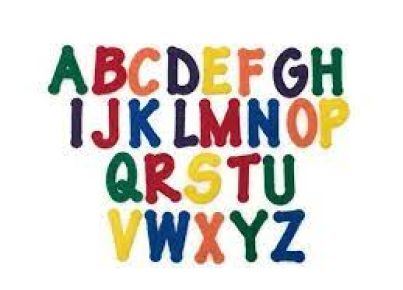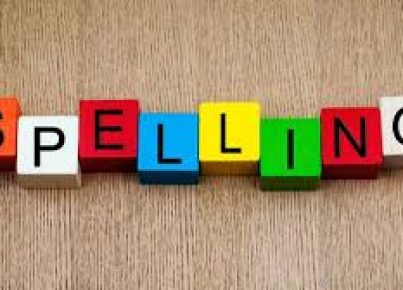Novel study activities are an essential aspect of engaging students in an immersive and productive learning experience. Based on the story in question, these activities can be both fun and educational, helping students to deepen their understanding of the narrative, characters, and overarching themes. Here are some innovative novel study activities that can apply to any story:
Character Maps
Students create visual representations of the characters in the story, mapping out their relationships, conflicts, and development over the course of the narrative. This can include quotes that reflect their personality traits and significant moments for each character.
Theme Analysis
Encourage students to delve into the story’s themes. This could involve creating posters or presentations on how certain scenes highlight these themes. Discussions or essays on how the themes relate to contemporary issues can also provide depth.
Creative Book Reports
Move beyond traditional book reports by asking students to use different media. For instance, they could create a video presentation summarizing the plot, or an audio recording in the form of a podcast discussing key elements of the book.
Role-Play Exercises
In these exercises, students take on roles from the novel and act out important scenes. It’s an excellent way for them to explore character motivation and development.
Reading Journals
Students keep a reading journal throughout their study of the novel to record questions, predictions, thoughts about plot twists or character actions, and personal reflections.
Literature Circles
Small-group discussions where each student takes on a different role related to analyzing portions of the text—such as summarizer, questioner, connector (to real life), illustrator (drawing scenes), and vocabulary enricher.
Social Media Simulation
Students create social media profiles for characters in the story and enact interactions that might occur between them within the context of the narrative or interpret what characters’ online presence would be like based on their characteristics in the story.
Symbolic Artwork
Expressing ideas through art is powerful; students can create artwork representing significant symbols from the novel. This may be accompanied by an explanation or presentation explaining their choices and connections.
Letter Writing Activity
Writing letters from one character to another at different points in the story provides insight into how relationships develop and what characters may be thinking or feeling about events as they unfold.
These activities offer students various ways to connect with any novel while building important skills such as critical thinking, creativity, comprehension, communication, and collaboration. The key is selecting activities appropriate for the age group and aligned with learning objectives while remaining flexible enough to be adapted for any story.





